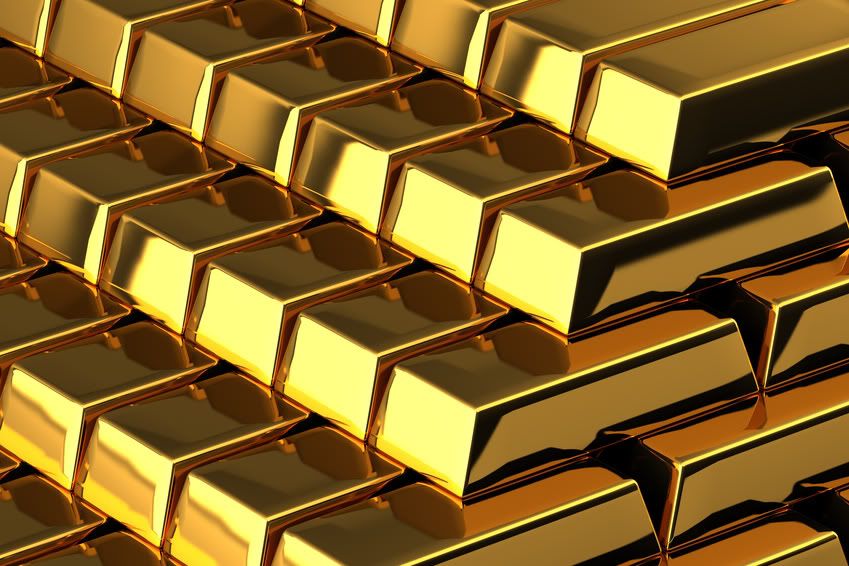Gold has been prized for its beauty and recognized as a valuable and rare commodity. Civilizations have 
Given that gold is a finite resource, its value is determined by the whims of the marketplace. It may surprise you to learn there are actually five variables that contribute to the market price of gold.
1. U.S. Dollar Value
The U.S. dollar has an inverse relationship to the price of gold. As gold prices increase, the value of the dollar decreases. A strong dollar keeps the price of gold lower and more controlled, a weak dollar like we’ve been experiencing lately, drives the gold price up.
2. Central Bank Reserves
These are public institutions that issue the currency, regulate the money supply and control the interest rates in a country, and hold paper currencies and gold in reserve. The price of gold rises when Central Banks buy more gold than they’re selling, as is happening now. In the U.S., the Federal Reserve is the Central Bank.
3. Jewelry and Industrial Demands Worldwide
In terms of volume, the U.S., India and China are the world’s largest consumers of gold for jewelry. In fact, China’s demand is exponentially increasing with their surging economic growth. Other demands include industrial and medical uses where gold is used in life-saving devices and finely tuned electronics such as GPS units.
4. Gold Production
Several countries, including the U.S., are mine for gold. As gold production increases, so does the price – a simple example of supply and demand. However, gold production has been slowly decreasing since the early part of this century mainly because all the “easy-to acquire” gold has already been mined. In order to reach gold still in the ground, more expensive mining techniques will need to be used. These will not only put the miners and the environment at greater risk, but the cost to extract less gold will come at a higher cost. This will definitely influence future gold prices.
5. Protecting Wealth
It’s not unusual for people to turn to gold buying when economies dip. As confidence in the economy goes down, the price for gold goes up since gold is seen as a “safe bet” for investors during uncertain economic times. Gold can be used as a protection against inflation, deflation or worse, currency devaluation.
You’ll notice that each of the factors described above are currently POSITIVE for the price of gold. Meaning, it’s likely the price still either hold high, or continue to rise based on these drivers.
